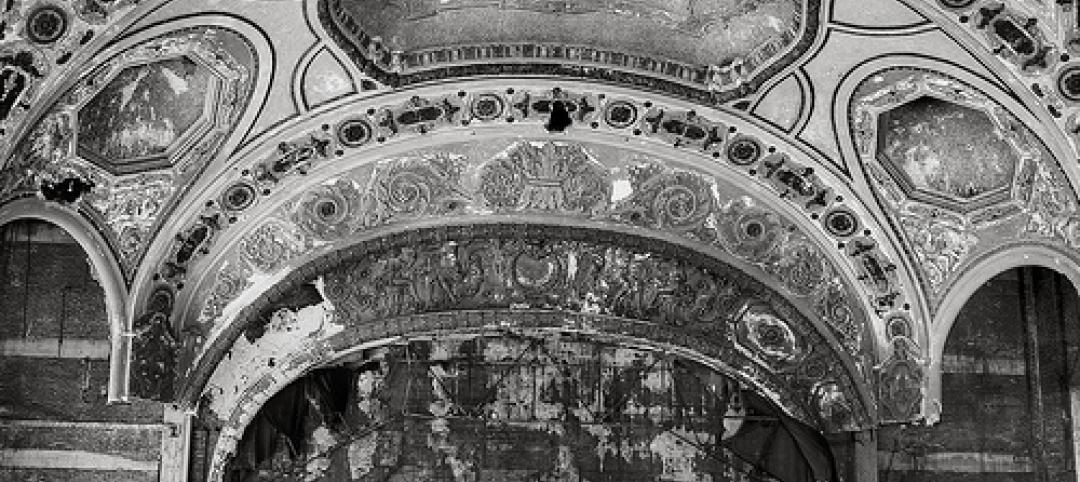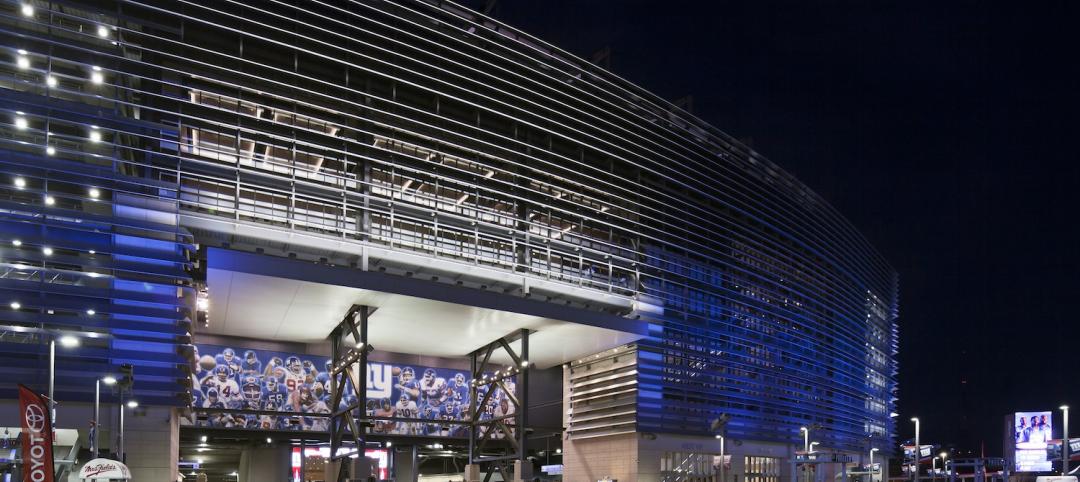BD+C: How is the market for design services in Indianapolis these days? What’s in demand? How is business holding up?
Sanford E. Garner: We received a nice influx of ARRA money, mostly for transportation projects, but more than likely when that work is done, a lot of contractors are going to be wondering where they’re going to get work. The commercial office market is soft. The single-family housing market seems to be turning positive, and there are still a number of condo projects going to rental—the banks are not as desirous of financing condominiums.
We’re fortunate in being in the third phase of a capital improvement program for our consolidated schools system, so there’s a reasonable amount of work for K-12. Higher education seems to be opening up a bit in RFPs and projects. The area that we’re seeing a lot of work in is anything that is tax-credit related, such as tax-related low-income housing projects, even more so than mixed-income. That’s pretty strong.
BD+C: What’s about other building sectors in Indy?
SEG: We’ve finished the majority of our major public-based projects—a new basketball arena, the football stadium, a new convention center, and a new airport—and I don’t imagine we’ll have anything that large for a while. However, we are working on our county hospital [the new Wishard Hospital, with 315 in-patient and 200 outpatient beds, a 2,400-car parking garage, a 90-bed emergency department, a women’s health clinic, and a central energy plant, currently under construction and seeking LEED Silver certification, financed through a $754 million referendum in 2009]. There’s also a new FBI field office [a $39.8 million project northeast of the city] and some court buildings.
We’re starting to see a few more developer-led projects, in particular the North of South project, where Eli Lilly is working with a developer [Buckingham Companies] to develop housing for their employees [320 rental units]. It will also have a boutique hotel [from Dolce Hotels & Resorts], 40,000 sf of retail and parking, and a full-service Y [a new 75,000-sf facility].
BD+C: Your Fall Creek Place mixed-use housing project won awards from the NAHB, Professional Builder, the Urban Land Institute, and the American Planning Association. What lessons did you learn from it?
SEG: One of the lessons is that we need to address potential problems like gentrification early in the process. In the case of Fall Creek, 51% of the homeowners were 80% below area median income (AMI), with a five-year tax abatement. It was hugely successful—we sold out phase one in about eight months, but the AMI kept increasing, and you’re coming off a tax abatement in year six, just before the market crashed. So, for mixed-income projects like this, you might want to consider looking at a 10- to 15-year period. We tried to do a good job with gentrification going in, but any time you significantly increase the value of surrounding properties it’s going to increase property taxes. Having that kind of discussion early on was hugely important.
Another lesson is that private-sector development expertise is a must-have. We spent a lot of time trying to get the private sector involved. We succeeded in engaging several developers that were relative newcomers to this type of project, which meant having to do a lot of education.
We also learned that the greatest marketing tool is always visual impact. We had six prototype houses and two other projects from developers, all adjacent to historic buildings that were being rehabbed. We had a nice mass of redevelopment going on, and that lent confidence to the project.
The other thing that we did well in this case was maximizing public/private partnerships. The city leveraged its relationship with the utility companies to supply incentives, and we worked with the banks to provide pre-approved loans for a point or so below prime. Financial incentives like that are absolutely necessary for mixed-income projects.
BD+C: You spoke at your alma mater, Howard University, recently on “the profitability of diversity”? What did you mean by that phrase?
SEG: We are at the point where companies are realizing that it can be profitable to be diverse—in gender, race, religion, sexual orientation. In the design industry, the better your understanding of those individuals or cultures or religions, the better you’re going to be able to market to them.
There’s even the profitability of diversification in your company. Our firm started with architecture and added interiors, urban planning, furniture design, graphics and communications, and construction observation for flat work. Within a changing market, there is a benefit of being a generalist, but there’s also need for specificity within areas of our industry.
BD+C: As president, what are your objectives for the National Organization of Minority Architects?
SEG: 2012 will be our 40th anniversary. We are transitioning from a more socially based organization into more of a professional organization. We have operated more as a social organization, since many of our members are also AIA members. We are at the point where we are changing ourselves to purposely become more deliberate in what we do, running NOMA truly as a nonprofit, to leverage what we have as an organization.
I call my leadership platform “MECCA”—mentorship, education, community, collaboration, and authority. We’re looking to strengthen our foundation, to give more scholarships to minority students, provide more economic backing for our members, and strengthen our affiliate relationships.
I also want to increase our value proposition: What benefit does NOMA bring to our members, with so many of our people out of work?
Related Stories
| Aug 21, 2014
Strategies for providing great customer service
Customers are inherently inefficient and inconvenient to do business with, writes Customer Service Consultant Micah Solomon, in a recent Forbes post. That’s why he believes great customer service depends on understanding this. SPONSORED CONTENT
Sponsored | | Aug 21, 2014
Defining the measure of success when implementing new technologies
Sasha Reed and Chad Dorgan, McCarthy Building Cos.’s Vice President of Quality and Sustainability, discuss the keys to managing innovation within a large construction firm. SPONSORED CONTENT
| Aug 21, 2014
RTKL's parent company Arcadis acquires Callison
The acquisition of Callison, known predominantly for its leadership in retail and mixed-use design, builds on Arcadis’ strong global design and architecture position, currently provided by RTKL.
| Aug 21, 2014
Must See: Detroit's Beaux-Arts parking garage
An opulent Renaissance Revival building in downtown Detroit is being used as a parking garage.
| Aug 20, 2014
WELL Building: The next step in green sports construction
The WELL Building Standard, a new protocol that focuses on human wellness within the built environment, is a particularly good fit for sports facilities, write Skanska's Tom Tingle and Beth Heider.
| Aug 20, 2014
Seattle's King Street Station thoughtfully restored [2014 Reconstruction Awards]
After years of neglect and botched renovations, King Street Station sparkles once again.
| Aug 20, 2014
Tour an office with no assigned workstations [slideshow]
The New York office of the Gerson Lehrman Group recently redesigned its office without personal desks or cubicles. The company gave each of its 250 employees a locker, a laptop, and told to work anywhere they wanted, according to Business Insider.
| Aug 20, 2014
Architecture Billings Index reaches highest mark since 2007
The American Institute of Architects reported the July ABI score was 55.8, up noticeably from a mark of 53.5 in June.
| Aug 19, 2014
Goettsch Partners unveils design for mega mixed-use development in Shenzhen [slideshow]
The overall design concept is of a complex of textured buildings that would differentiate from the surrounding blue-glass buildings of Shenzhen.
| Aug 19, 2014
HOK to acquire 360 Architecture
Expected to be finalized by the end of October, the acquisition of 360 Architecture will provide immediate benefits to both firms’ clients worldwide as HOK re-enters the sports and entertainment market.
















